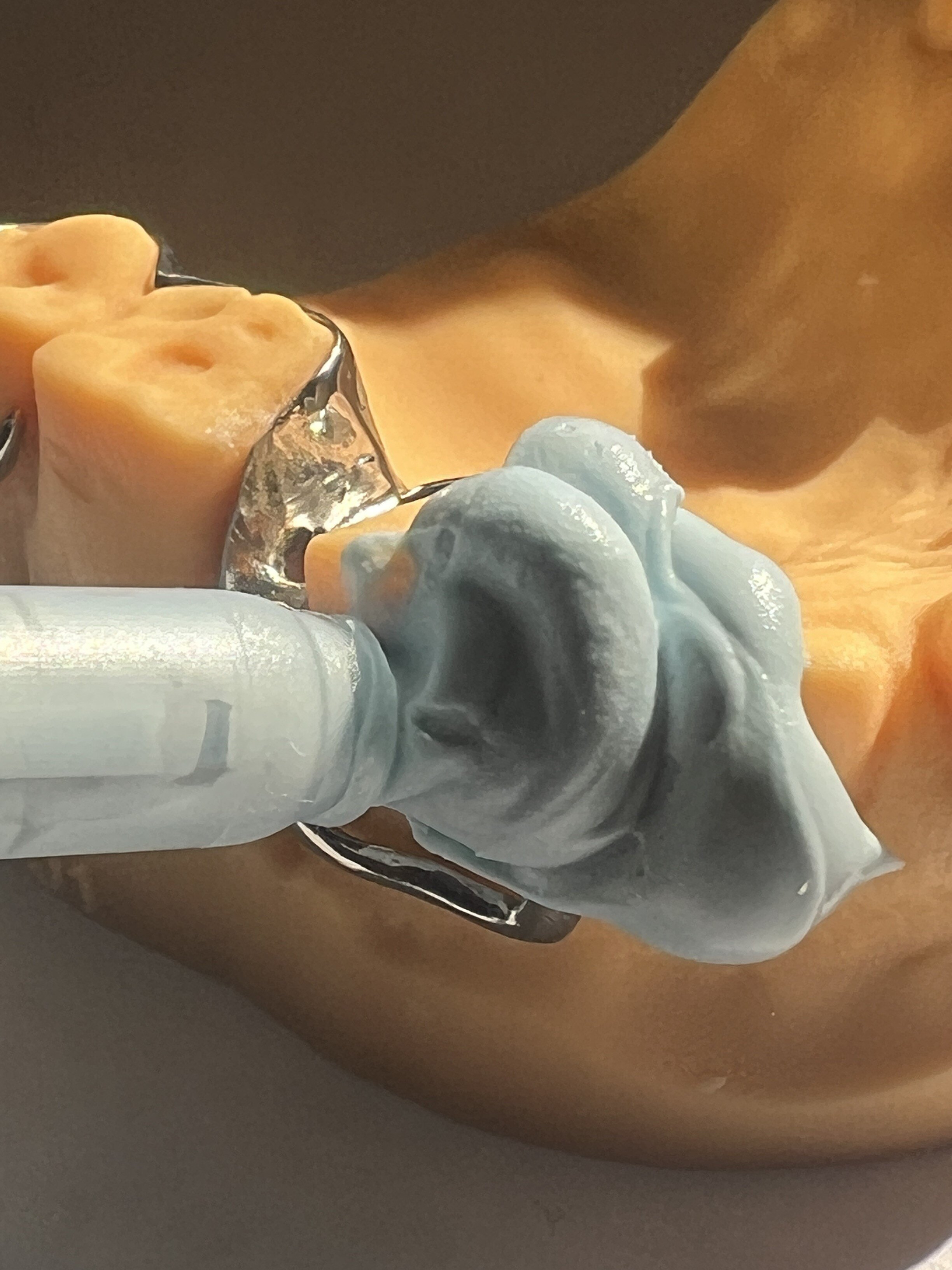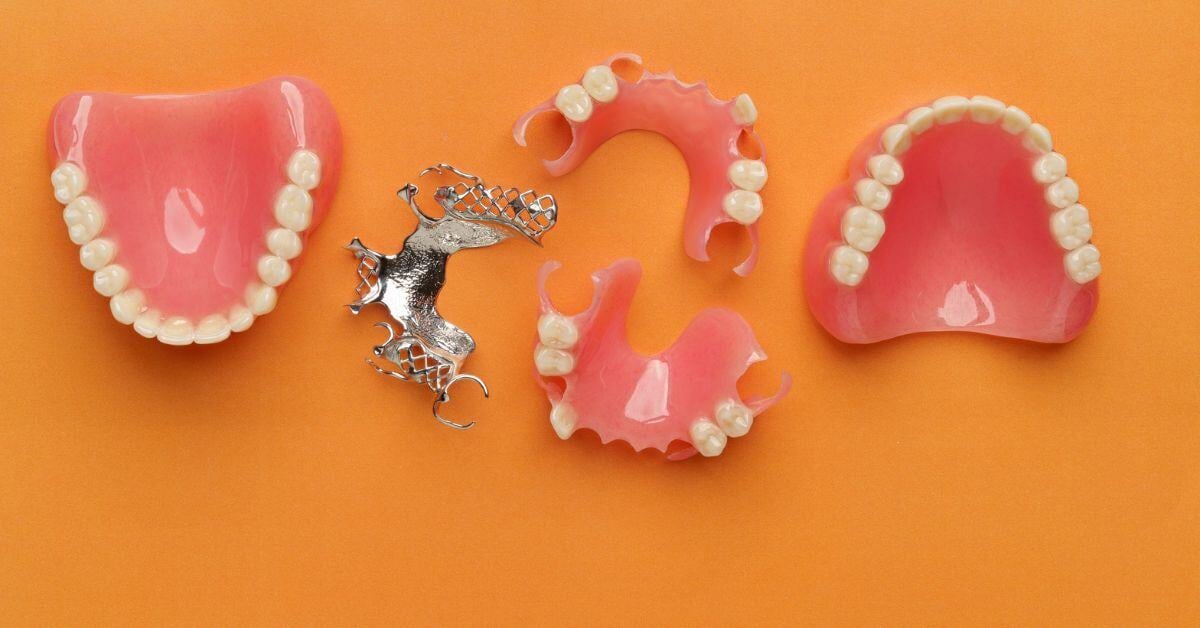Ensuring a comfortable and precise fit for partial dentures can be a challenging task. However, a dentist’s goal is to provide patients with solutions that enhance their comfort and confidence. Explore our complete breakdown of the best tips and tricks for making partial dentures fit your patients. We’ll cover everything you need to know to achieve optimal results, from retrofitting crowns to understanding the intricacies of impressions.
Sharpen Your Knowledge of the Retrofitting Process
One of the more complex tasks in dental practice is retrofitting a crown to an existing partial denture. This process involves ensuring that the new crown aligns seamlessly with the existing partial, providing a comfortable and functional fit for the patient. The key is meticulous planning and execution, starting with a thorough understanding of the existing dental structure and the function of the partial denture.
Begin by evaluating the current state of the partial denture and the patient’s oral health. This includes checking for any wear and tear on the denture and ensuring the patient’s gums and surrounding teeth are healthy. Make sure that the partial denture remains stable and that any changes you make don’t compromise its integrity or functionality.
Check Your Work Carefully
Look for any imperfections or areas in the impression that may require a retake. Ensuring that the impression is perfect at this stage can save significant time and effort during the lab fabrication process and leads to a higher success rate for retrofitting crowns to existing partials. Take a precise impression and then properly seat the partial. The precision you use during these steps will help you install the materials comfortably.
A pickup impression of the existing partial showing the prepared tooth can also be highly beneficial. This technique ensures that the new crown fits precisely with the old denture without any alterations to the existing structure. Take a comprehensive impression that includes the prepared tooth and the surrounding tissues.

Achieve a Successful Physician Index Impression
A physician index impression is another critical step in ensuring a precise fit for partial dentures. Including retrofitting photos can provide valuable insights and enhance the accuracy of the final denture. These photos help in visualizing the patient’s oral structure and provide a reference point for the lab to work with.
Take clear and detailed photos of the patient’s oral structure, including the prepared tooth and the surrounding tissues. These photos help in accurately replicating the patient’s oral environment in the lab, making it easy to evaluate the context and alignment requirements. Include these photos with the impression and any additional information that the lab may need to create a precise model.
Use Blue Bite Material
Blue bite material is an essential tool in replicating clasps for partial dentures. This material helps in capturing the partial clasps accurately. Use blue bite material to take a comprehensive impression of the patient’s partial with the prep exposed. Ensure that the impression captures all relevant details and is free from distortion. The goal is to create a precise model that the lab can use to replicate the partial’s clasps accurately.

Evaluate Crown and Bridge Workflows
Crown and bridge workflows are integral in making partial dentures fit your patients. These workflows encompass the entire process, from impression taking to final adjustments and installation. The first step involves understanding the specific requirements of the patient’s case and planning the workflow accordingly.
Communicate with DDS Lab to ensure that they have all the necessary information and materials. Providing detailed instructions and accurate impressions is crucial. The lab technicians rely on the information provided to create precise models and prosthetics that meet your patient’s needs.
Ensure Reliable QC Implementation
Quality control (QC) is a vital part of the workflow. The dental lab should have stringent QC processes in place to ensure that each piece is perfect. Regular communication and feedback between the dental practice and the lab can help in identifying any potential issues early and making necessary adjustments promptly.
Members of the QC team should receive every impression and inspect them. They will look over the piece for any imperfections that may hinder the final fit. The model work begins after the QC team inspects the impression and approves its design. Using that impression, they will build an accurate model and use it to fabricate a crown. The model helps QC specialists get the crown to fit perfectly on the patient’s partial.

Prioritize Successful Lab Fabrication
Successful lab fabrication hinges on the accuracy and completeness of the information provided to the lab. Begin by selecting the best-sized tray for the patient. A well-fitting tray ensures that the impression material flows correctly and captures all necessary details.
Border the mold with rope wax to enhance the accuracy of the impression. This step helps in capturing the fine details of the patient’s gum line and ensures that the final impression is comprehensive.
Prep the Right Materials
Preparing the impression material correctly is equally important. For partial dentures, PVS (polyvinyl siloxane) and alginate are common materials used. Fill the tray halfway with a heavy body material. Carefully applying this material provides a stable base, preventing distortion during the impression process.
Follow this by adding medium and light body materials to capture finer details. Ensure that you use a sufficient amount of material to avoid bubbles and inaccuracies. When you’re working on alginate impressions, pour the impression immediately or within 15 minutes to prevent distortion. If you’re working with PVS, send the impressions to the lab for experts to pour immediately.
Ensure Secure Delivery to Labs
Once you take the impression, ensure that it’s dry and clean before sending it to the lab. Any moisture or debris can compromise the quality of the impression and affect the final fit of the denture.
Carefully package the impression to prevent any damage during transit. Include detailed instructions and any additional information that the lab may need to create a precise model. Clear communication with the lab is essential to ensure that they have all the necessary information to craft the denture to perfection.
Avoid Incomplete Prescriptions
Incomplete prescriptions can compromise the quality of the final denture. Ensure that all necessary information is in the prescription to facilitate accurate lab fabrication. Review the prescription carefully to ensure that it includes all relevant details. This includes the patient’s oral structure, any specific requirements, and detailed instructions for the lab.
Conclusion
You can start adjusting your practices today to ensure a successful fit every time. At DDS Lab, our team wants to help you create removable dentures for your patients. Use the details above to ensure your patients get the help they deserve.
